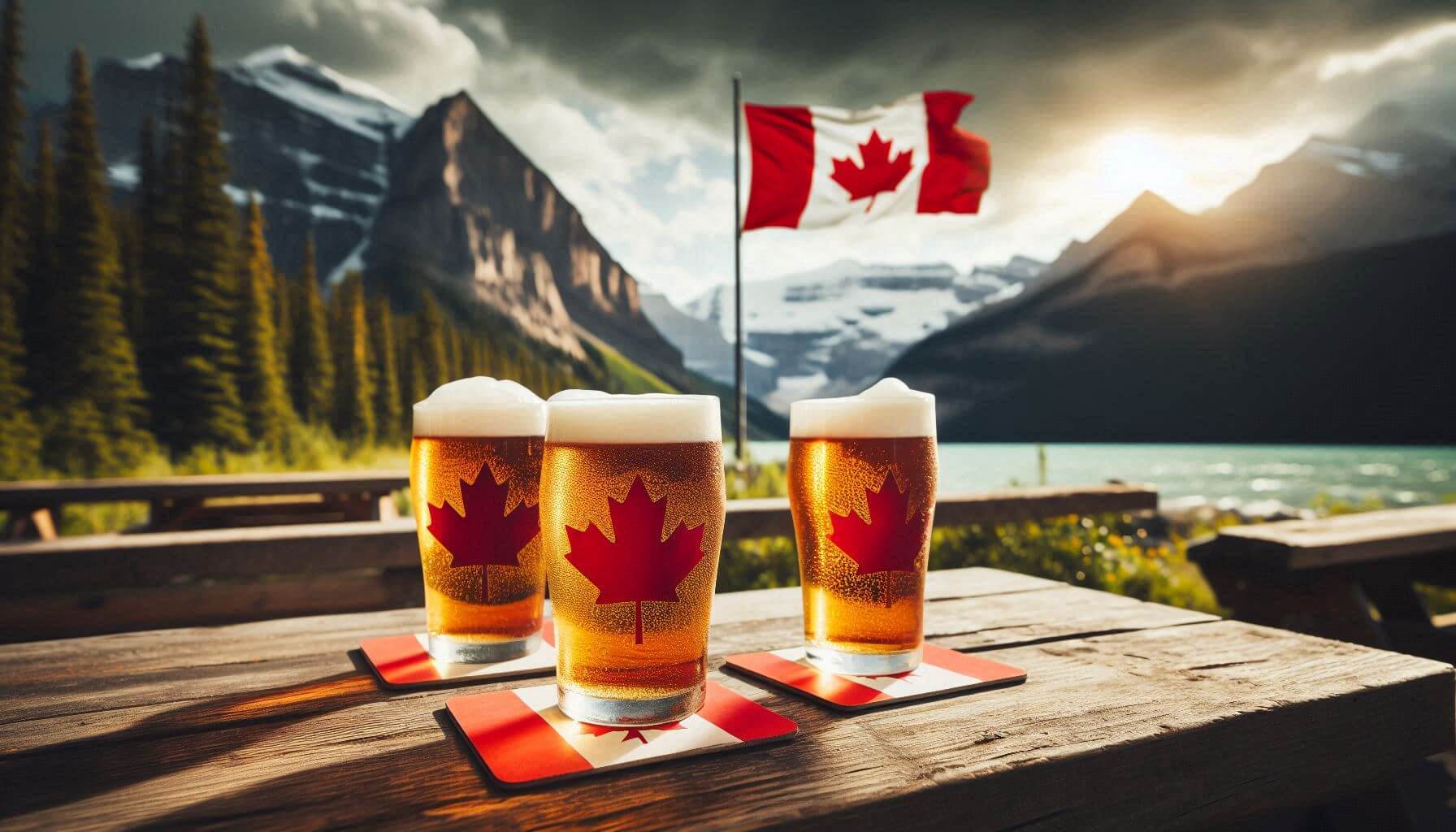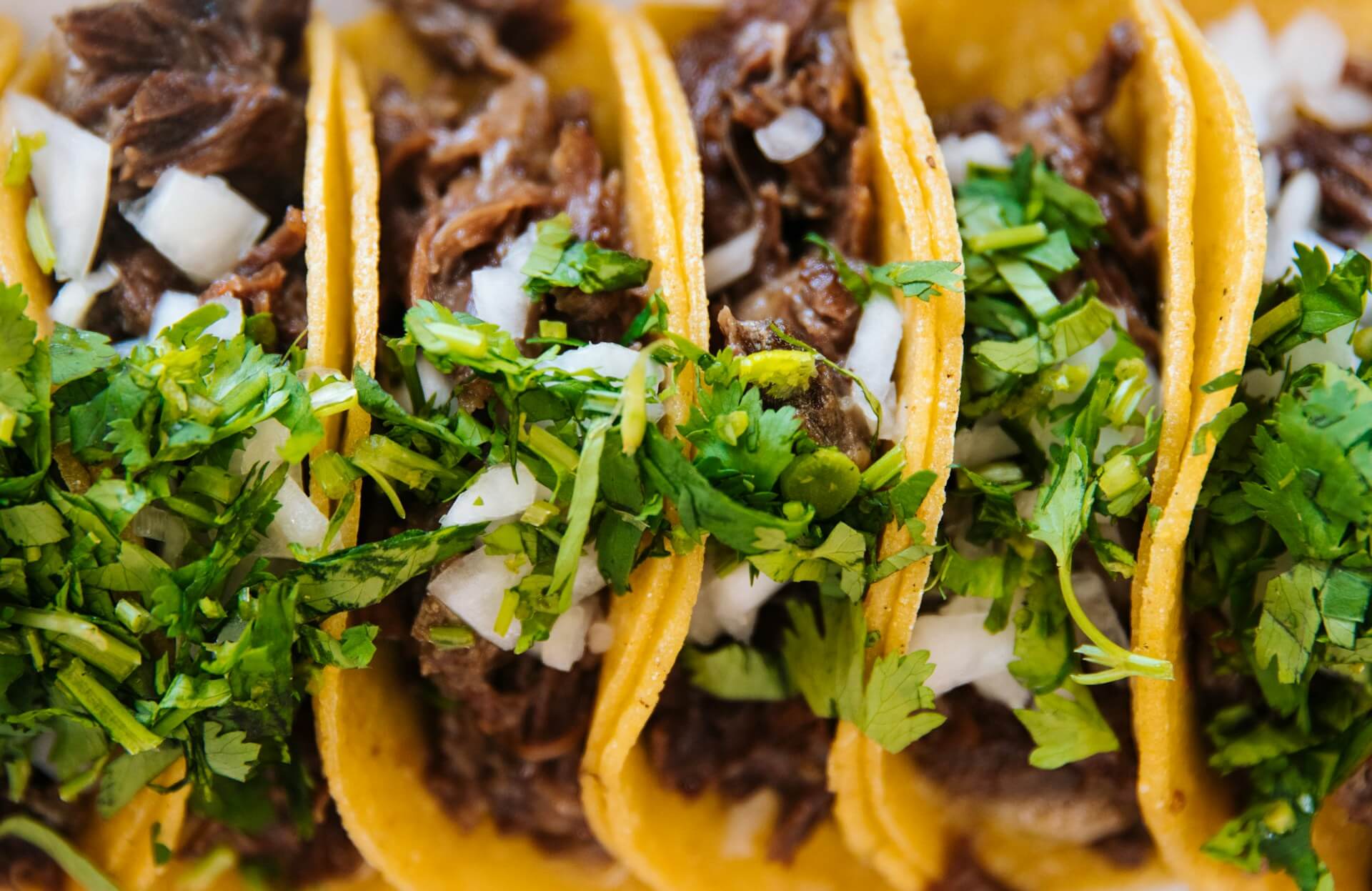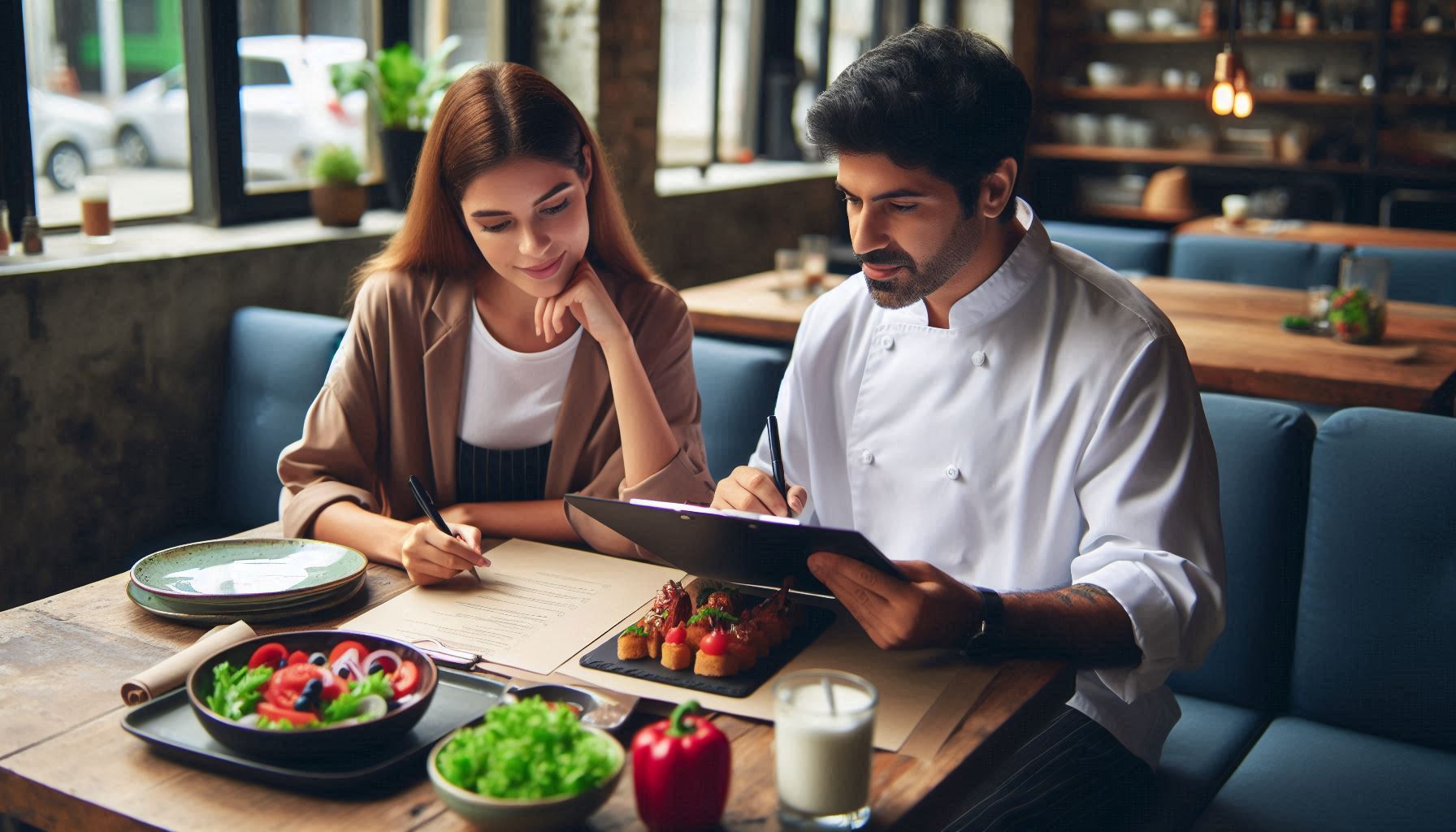Shifting Focus on KPIs
by Doug Radkey

Key Performance Indicators (KPIs) have long been the cornerstone of measuring success in business, particularly in the hospitality industry.
Restaurants, bars, and hotels rely on these metrics to track occupancy rates, average ticket prices, cost of goods, and guest satisfaction scores, among many others. However, as the industry evolves, so too must our understanding of what truly drives sustainable success.
The traditional KPIs measure outputs—numerical results that often focus on profitability, efficiency, and growth. But as hospitality businesses become more guest-centric and employee-driven, we need to rethink what KPIs really mean.
Instead of focusing solely on these cold, hard numbers, we should be emphasizing what I call the new KPI: Keeping People Informed, Involved, Interested, and Inspired.
This shift acknowledges that success in hospitality is not just about what’s measurable on a spreadsheet but also about engaging employees, nurturing guest and vendor relationships, and fostering a culture of collaboration and growth.
This article, which I have been planning to write for quite some time now, will explore how redefining KPIs to prioritize keeping people informed, involved, interested, and inspired can transform the hospitality industry, leading to more engaged teams, happier guests, and better business outcomes.
KPI: Keeping People Informed
In any form of hospitality business, from boutique hotels to bars and restaurants, the foundation of success lies in clarity, transparency, and communication.
Keeping people informed, whether they’re employees, guests, or stakeholders, is key to fostering trust, loyalty, and operational clarity.
Informing Employees
Despite the growth in technology, employees are still the lifeblood of the hospitality industry. Informed employees are empowered employees.
When they understand the bigger picture—what the business is trying to achieve, and how their role contributes to that goal—they feel a greater sense of purpose and motivation.
In the past, KPIs often stayed in the boardroom. If they left the boardroom, they remained among the leadership team on the floor. So, either way they were detached from true day-to-day operations.
A shift toward the new KPI requires involving employees in the business’ key metrics, and sharing relevant information transparently.
For example, when a hotel shares its Total Guest Revenue Management goal and explains the efforts needed to improve these numbers, every department can align their strategies to support this objective. Housekeeping understands the need for timely room turnovers. The marketing team knows where to focus their efforts. Guest services is equipped to handle the flow of on-property guests more efficiently.
Practical Steps:
- Hold regular meetings to discuss current business performance and future goals.
- Share performance dashboards that are accessible and understandable to all staff members.
- Break down KPIs into department-specific insights, so each team knows how their performance impacts the overall business.
Informing Guests
On the guest side, keeping them equally informed is crucial in today’s digital age, where transparency and real-time information drive decision-making.
Whether that means updating guests on room availability, menu changes, or special promotions, being proactive with information helps manage expectations, and creates a seamless guest experience.
Hotels and restaurants can use digital platforms to keep guests informed, providing them with personalized experiences. For instance, a hotel app that informs guests about spa availability or the restaurant’s current waitlist times ensures that each guest feels valued, and in control of their experience.
Practical Steps:
- Implement digital platforms, like apps or SMS services, that keep guests informed of their bookings, promotions, and real-time service updates.
- Train staff to be communicative and transparent about wait times, service delays, or special offerings to manage guest expectations.
KPI: Keeping People Involved
Engaging with employees and involving them in the decision-making process is crucial for motivation and a sense of ownership.
KPIs should not be top-down metrics that only the leadership team values. Instead, they should provide a framework that allows employees to contribute actively, and understand how their efforts influence success.
Involving Employees
In the traditional sense, KPIs are viewed as targets employees must meet, and are provided without much context.
Keeping people involved means allowing employees to help define these targets, along with the pathways to achieve them. Involving employees and allowing them to set their own performance indicators gives them ownership of their work, and makes them feel accountable for outcomes.
For example, a restaurant can engage its service staff by involving them in discussions about upselling, suggesting specific strategies that they feel comfortable executing. They become part of the plan to improve the average ticket price or increase sales of high-margin items, rather than feeling like they’re being micromanaged.
This approach cultivates a culture of continuous improvement, collaboration, and engagement. When employees feel that their input is valued and implemented, they are more likely to be motivated to contribute actively, and innovate within their roles.
Practical Steps:
- Host brainstorming sessions with employees to identify goals, challenges, and solutions. This fosters a sense of collaboration and inclusion.
- Implement feedback loops where staff can share what’s working and what’s not on a consistent basis. Adjust KPIs based on this real-time insight.
Involving Guests
In the hospitality industry, guest involvement often determines the quality of their experience. Personalized service, where guests are involved in customizing their stay or dining experience, results in higher satisfaction levels.
From hotels offering customizable room amenities to restaurants allowing diners to build their own experiences, guest involvement directly correlates to guest loyalty and satisfaction.
Practical Steps:
- Offer personalized experiences, such as allowing hotel guests to choose room preferences, or dining guests to customize their meals and dining experience.
- Utilize surveys, post-stay feedback apps, or other mechanisms to involve guests in shaping future services and experiences.
KPI: Keeping People Interested
Maintaining interest and enthusiasm among employees and guests alike is vital for long-term success.
The new KPI focuses on creating a sense of purpose, engagement, and excitement about the work being done.
Keeping Employees Interested
Employees who are interested in their work are far more productive. They’re also committed to delivering high-quality service.
Traditional KPIs can sometimes feel disconnected from day-to-day tasks. Reframing KPIs to focus on team engagement and purpose helps keep employees interested in their roles. This is where challenging yet meaningful KPIs come into play.
For instance, a restaurant’s kitchen staff can be challenged to reduce food waste by five percent. Instead of just announcing this target, the leadership team should encourage the kitchen to come up with the strategies to achieve it. Whether that means repurposing on-hand ingredients for an LTO or improving portion control, the involvement and challenge keep staff interested and motivated.
Reviewing progress regularly, celebrating milestones, and recognizing achievements enhances employees’ engagement and satisfaction, keeping them interested in their contributions to the team’s success.
Practical Steps:
- Implement monthly or quarterly team challenges that are tied to larger business objectives, with recognition or rewards for achieving these targets.
- Organize regular check-ins to discuss career development, skill development, and other methods of keeping employees passionate about their work.
Keeping Guests Interested
The modern guest is no longer interested in just receiving a meal or room; they’re seeking a memorable experience. Hotels, bars, and restaurants must innovate constantly to keep guests coming back.
Whether through offering seasonal menus or LTOs, hosting unique on-premise events, or incorporating local culture into the experience, keeping guests interested requires ongoing creativity.
Practical Steps:
- Rotate seasonal offerings or limited-time events to keep the brand fresh and exciting.
- Personalize guest experiences based on previous stays, orders, or preferences.
KPI: Keeping People Inspired
Finally, people—employees and guests—need to be inspired. Inspiration fuels action, creativity, and, above all, loyalty.
When employees are inspired, they go above and beyond in their roles. When guests are inspired, they become loyal advocates of your brand.
Inspiring Employees
Traditional KPIs rarely inspire employees; they just feel like boxes to be checked.
But the new KPI focuses on creating ambitious yet attainable targets that challenge employees to push their boundaries. This includes setting stretch goals that inspire employees to think creatively, and innovate.
For example, a bartender could be challenged to create a new cocktail using sustainable ingredients. As another example, a hotel service staff member could be encouraged to improve guest check-in times while maintaining high guest satisfaction scores.
Leaders must also inspire their teams by sharing success stories through pre-shift meetings, fostering a positive workplace culture, and providing opportunities for growth and development. When employees are inspired by their leaders, they are more likely to take initiative, and drive the business forward.
Practical Steps:
- Set SMART, ambitious goals that push employees out of their comfort zones but are still attainable.
- Recognize and celebrate those who exceed expectations, and inspire others to do the same.
Inspiring Guests
Inspiration isn’t just internal; guests also need to feel inspired by the spaces and services they encounter.
In guests, a feeling of inspiration can be achieved through extraordinary design, unique offerings, or service that goes above and beyond. An inspired guest becomes a loyal one who shares their experiences, and recommends the business to others.
Practical Steps:
- Design spaces and experiences that delight guests, and exceed their expectations.
- Use storytelling in your marketing to inspire guests before they even walk through your doors. Then through a curated guest journey map, encourage them to share their experience with their network.
The New Vision: Why Now is the Time for Clarity
As we look ahead in this industry, there has never been a better time to build clarity in your hospitality business.
The post-pandemic landscape has shifted guest expectations, employee needs, and operational requirements. Businesses that succeed in this new environment will be those that understand the importance of keeping people informed, involved, interested, and inspired.
Clarity in your vision and execution will set your business apart in a competitive and dynamic market. By focusing on this new form of KPI, you can create a hospitality brand that not only survives but exceeds expectations in the years to come.
So, as you plan for the year ahead, ask yourself how you can keep your team and guests more informed, involved, interested, and inspired.
The answer will unlock your path to long-term success.
Image: Canva

Looking to Start, Stabilize, or Scale? Book Below to Setup a 60-Minute Result-Driven Impact Session.










